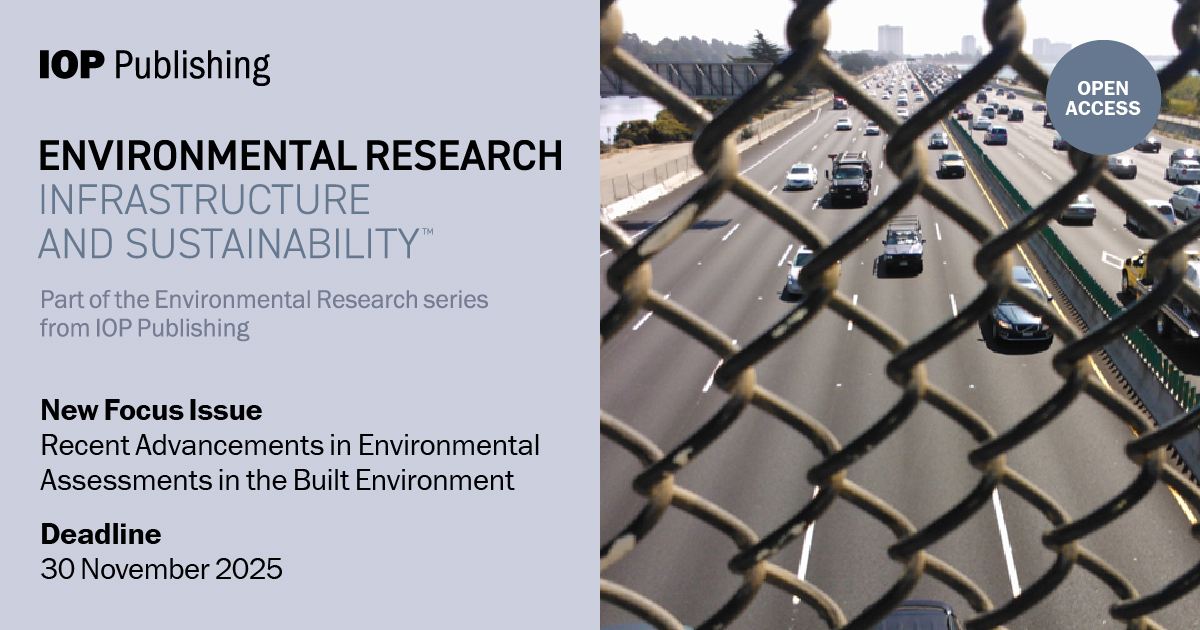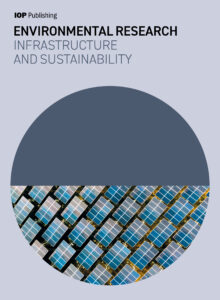ERIS特刊征稿|聚焦建筑环境评估的最新进展

特刊详情
客座编辑
- Matthew Eckelman,美国东北大学
- Jukka Heinonen,冰岛大学
- Seppo Junnila,芬兰阿尔托大学
主题范围
Here we revisit the ERL Focus on Environmental Assessments in the Built Environment hosted in 2013-2014, to assess the state-of-the-art of environmental assessments in the built environment context. While we recognize that significant methodological and data development steps have been taken within the past 10 years, we argue that our Editorial title back in 2014 “Environmental assessments in the built environment: crucial yet underdeveloped” still holds true, in some fields more than in others.
In this current Focus Issue we encourage the submission of empirical papers and topical reviews which look at the development of the environmental assessment methods in the built environment context, develop these methods, and/or evaluate the level of maturity of theirs.
Eligible submissions can cover a range of subjects, including:
- Urban metabolism and environmental assessment of cities/urban systems;
- Environmental benefits of innovative designs, materials, and building techniques;
- Embedded energy, GHGs, water and other environmental impacts of the built environment;
- Integration of environmental and social indicators in urban assessment methods;
- Adaptive reuse, circularity, and other techniques for prolonging built infrastructure lifetimes;
- Innovations in modeling built infrastructure, including remote sensing, computer vision, AI, synthetic data, and others
- Carbon budgets and allocations in the built environment;
- Carbon and other environmental handprints in the built environment.
投稿流程
特刊文章与ERIS期刊常规文章遵循相同的审稿流程和内容标准,并采用同样的投稿模式。
有关准备文章及投稿的详细信息,可以参阅IOPscience页面的作者指南。
作者可登入期刊主页进行在线投稿,先选择“文章类型”,然后在“选择特刊”的下拉框中选择“Focus on Recent Advancements in Environmental Assessments in the Built Environment”。
投稿截止日期:2025年11月30日。
期刊介绍

- 2024年影响因子:3.2 Citescore:4.5
- Environmental Research: Infrastructure and Sustainability(ERIS)是一本涵盖多学科的开放获取期刊,本期刊旨在发表针对各种规模和地理环境的基础建设及其相关系统所面临的各种挑战的研究,以及更广泛意义上的可持续性和持久性研究,包括环境、经济和社会因素等。我们欢迎包括定性、定量、实验性、理论及应用研究的所有方法学研究。
